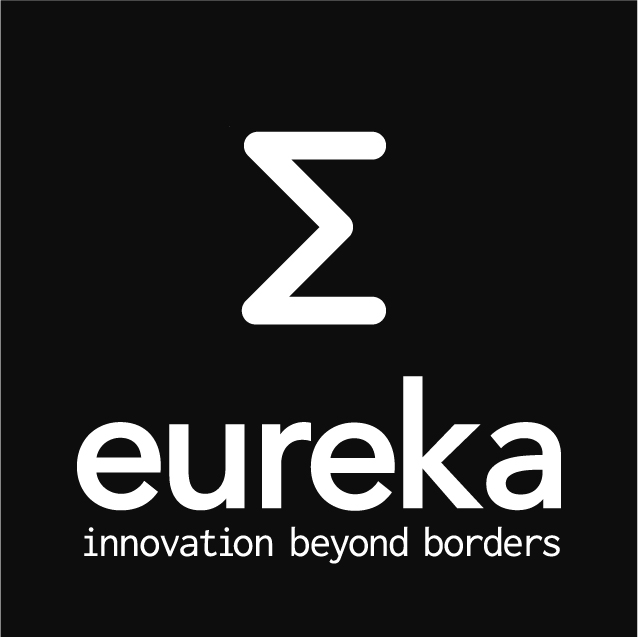Finished Project

100-GET-ER (Sub-Project)
100 Gbit/s Carrier-Grade Ethernet Transport Technologies
- Project Website
- Project leaflet

| Project Coordinator | Project Consortium |
| Helmut Griesser Ericsson Germany phone: N/A e-mail: helmut.griesser (at) ericsson.com |
Ericsson GmbH (EDD), DE |
| Ericsson AB (EAB), SE | |
| Universität Stuttgart (IKR & INT), DE | |
| MICRAM Microelectronik GmbH, DE | |
| University of Kiel – Christian Albrecht Univ. (CAU), DE | |
| FhG – Heinrich Hertz Institut (HHI), DE | |
| Chalmers University of Technology (CTH), SE | |
| Royal Institute of Technology, KTH, SE | |
| Acreo AB, SE | |
| SP Devices (SPD), SE |
This is a “Celtic” project;
| Project Key Information | ||||
|
Start date |
End date | Budget (total) | Effort (total) | Project-ID |
| October 2007 | end 2010 | 7,472.9 k€ | 43.3 PY | CP4-001 |
| Abstract |
| The subproject 100GET-ER will develop innovative and cost-effective solutions on network, system, and component level for newly emerging 100GbE networks. Focus is the metro network segment as area of largest anticipated market growth.On the network level, 100GET-ER will investigate novel 100GbE network architectures, optimised protocols and an integrated control plane for high-bit rate Ethernet services.
On the system level, 100GbE switches architectures and solutions for 100Gb/s interfaces will be developed. Exploring the multi-carrier/multi-level signal constellation space, novel concepts for a cost-efficient and impairment tolerant metro WDM transmission technology will be investigated. Selected approaches will be implemented and tested on laboratory demonstrator/prototype level. Candidate technologies are orthogonal frequency division multiplexing (OFDM), sub-carrier modulation (SCM), and multi-level phase modulation (N-PSK) as well as combinations of these methods. The use of low-cost optics in conjunction with powerful electronic signal processing is key to achieve both the transmission performance and the cost-structure required for a commercial implementation in metro Ethernet products. On the component level, key building blocks such as high-speed analogue-digital (ADCs) and digital-analogue converters (DACs), which are not available commercially, will be developed. The subproject partners include Ericsson in Germany and Sweden as well as world-wide renowned universities, research institutes and SME’s in both countries. The complementary expertise and experience of the partners are a solid foundation for the anticipated success of the 100GET-ER subproject and the 100GET project as a whole. |
| Focus areas |
|
| Expected outcome |
| The prototypes will be analyzed in 100Gb/s transmission system tests in order to enable to identify the most powerful technology options for next generation 100 Gigabit Ethernet products. |



